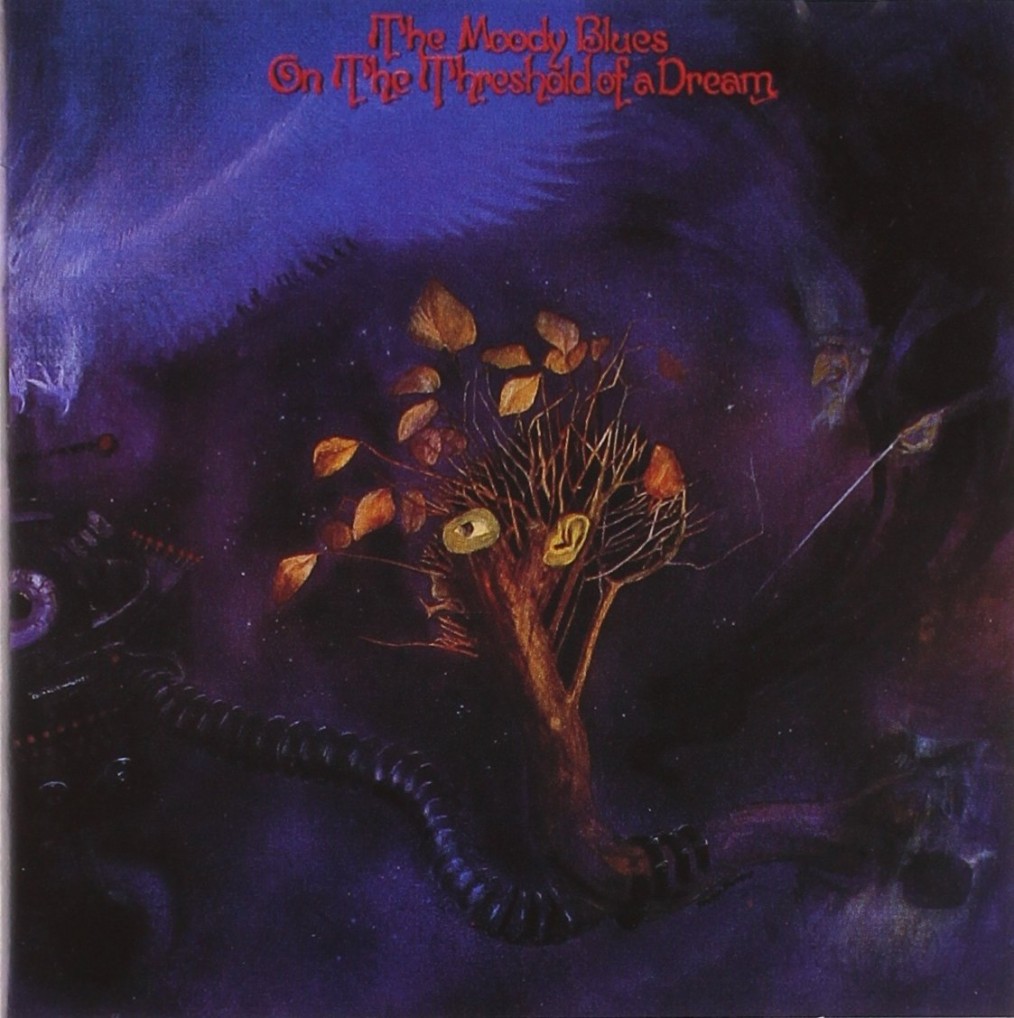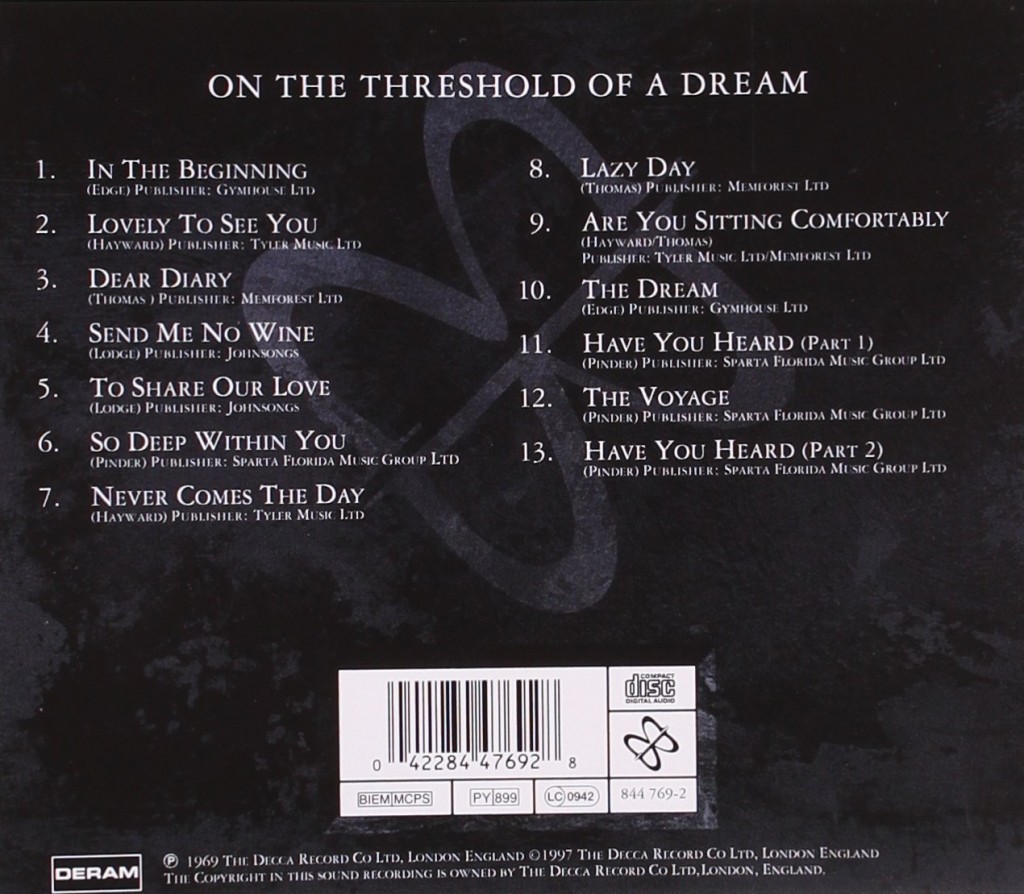Mike’s new homepage favorite album
My new album is Threshold of a Dream, by the Moody Blues.
What’s with albums that we grow up with?
They get into your blood, into your bone structure, into your head.
They become like another appendage that you can barely use, like the small toe on your left foot.
“If we could just …try… harder… we will be sitting back in our old room, a kid again, but also an adult – grokking our whole life as just one single experience.
If we could just wiggle our nose like Samantha. Or blink our eyes like Jeannie.
[Ha. Good. The spell checker knows the word ‘grok’. At least Heinlein had more lasting impact than just ‘Starship Troopers’ 🙂 Though IMO Stranger in a Strange Land was his last great book. Just like Dark Side of the Moon was Pink Floyd’s last great album. Getting rich changes a person / people / a band.].
This Moody Blues album is not so new agey, like many of their others, that it becomes inaccessible without leafy green balast. Just nice tunes with several, not all that arcane, meanings and comforting views of reality.
“I’ve miles And miles Of files, Pretty files, of your forefather’s fruit…”
Well, we [most of us] don’t use much magnetic ink on magnetic tape anymore, but they had the right idea.
I never noticed that ‘DERAM’ is DREAM, but it must have already been trademarked by someone else by the time the Moody Blues wanted it.
“Face piles and piles of trials with smiles. It riles them to believe that you perceive the web they weave. And keep on thinking free”
And these days, perceiving the web they weave ain’t all that difficult, but keep smiling anyway.
Here is the album over on Amazon Smile




